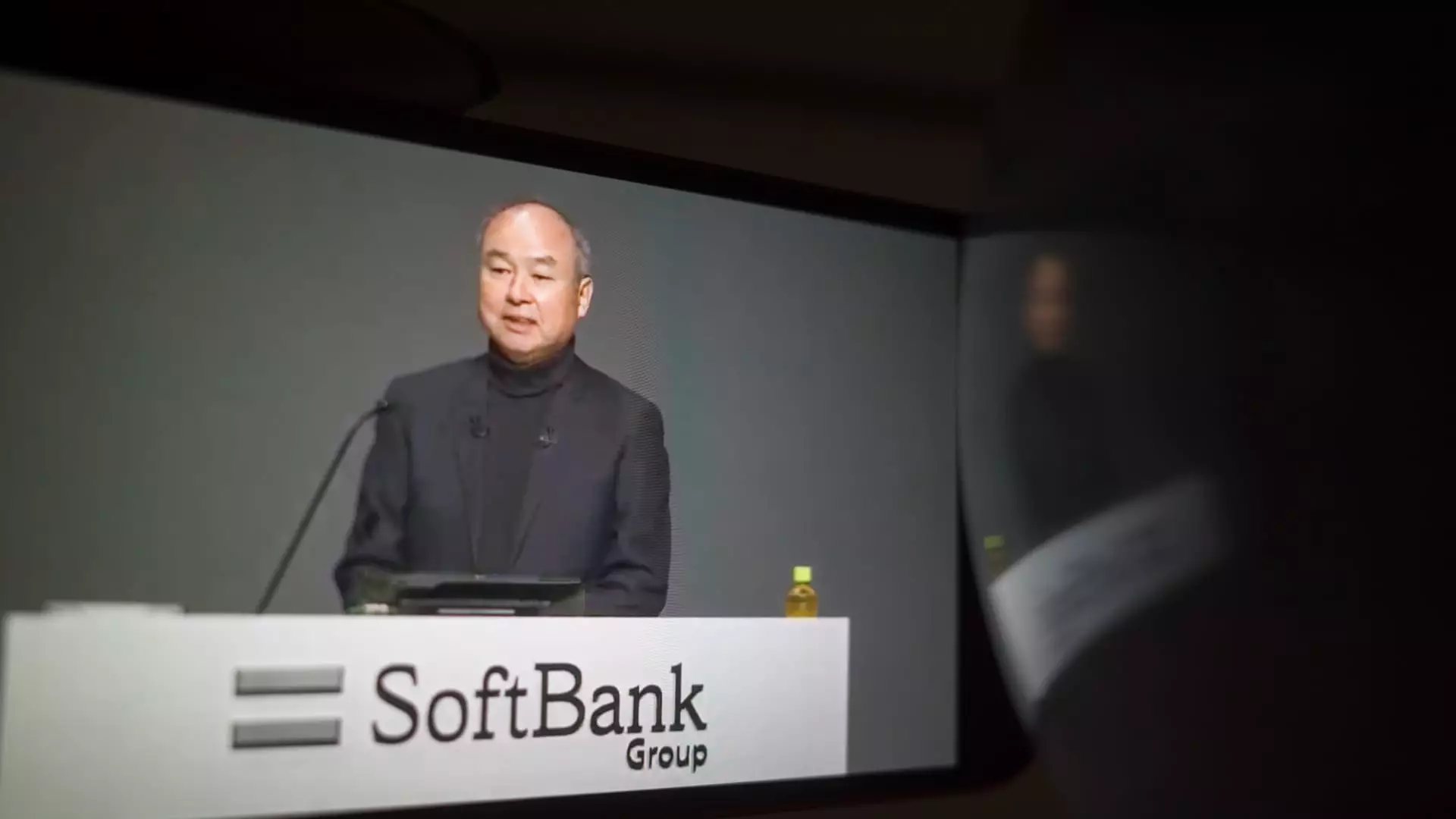SoftBank, a prominent tech investment company, recently reported a gain of 724.3 billion Japanese yen ($4.6 billion) in its Vision Fund for the fiscal year ended in March. This marks a significant turnaround for the flagship tech investment arm, as it has not been in the black since 2021. The Vision Fund segment posted a profit of 128.2 billion yen for the full fiscal year, swinging to profit after a 4.3 trillion yen loss the year before. This positive gain can be attributed to the increase in value of some high-profile investments such as TikTok owner ByteDance and U.S. food delivery firm DoorDash.
Despite the positive gains in the Vision Fund, SoftBank faced challenges with some of its other investments. For example, the company took a hit on investments in Chinese ride-hailing firm DiDi as well as office sharing company WeWork, which filed for Chapter 11 bankruptcy protection last year. These setbacks highlight the risks associated with investing in tech firms, especially in turbulent markets.
One of the key contributors to the gain in the Vision Fund was the initial public offering of chip designer Arm last year. The gains associated with this IPO, however, are not reported in SoftBank’s consolidated statement of profit or loss. This raises questions about the transparency of the company’s financial reporting practices and the true financial health of the Vision Fund.
SoftBank founder Masayoshi Son’s announcement to shift from defense to offense mode signals a change in the company’s investment strategy. The decision to focus more on artificial intelligence technology and make more investments in this sector reflects a growing trend in the tech industry. The shift from an “Alibaba to AI-centric portfolio” shows that SoftBank is adapting to changing market dynamics.
Arm has become a central part of SoftBank’s portfolio, accounting for 47% of assets held by the company at the end of March. This is a significant increase from just 10% in March 2020. In contrast, SoftBank has been reducing its stake in Alibaba, a move that reflects the company’s strategic focus on AI technology. The shift towards AI-centric investments shows SoftBank’s commitment to staying ahead of the curve in the tech industry.
Softbank’s positive gains in the Vision Fund, coupled with the challenges faced by some of its investments, highlight the volatile nature of the tech investment landscape. The company’s shift towards AI-centric investments and the increasing importance of Arm in its portfolio reflect a strategic response to changing market dynamics. Despite the gains in the Vision Fund, it is important for SoftBank to maintain transparency in its financial reporting practices to ensure long-term success and investor confidence.


Leave a Reply